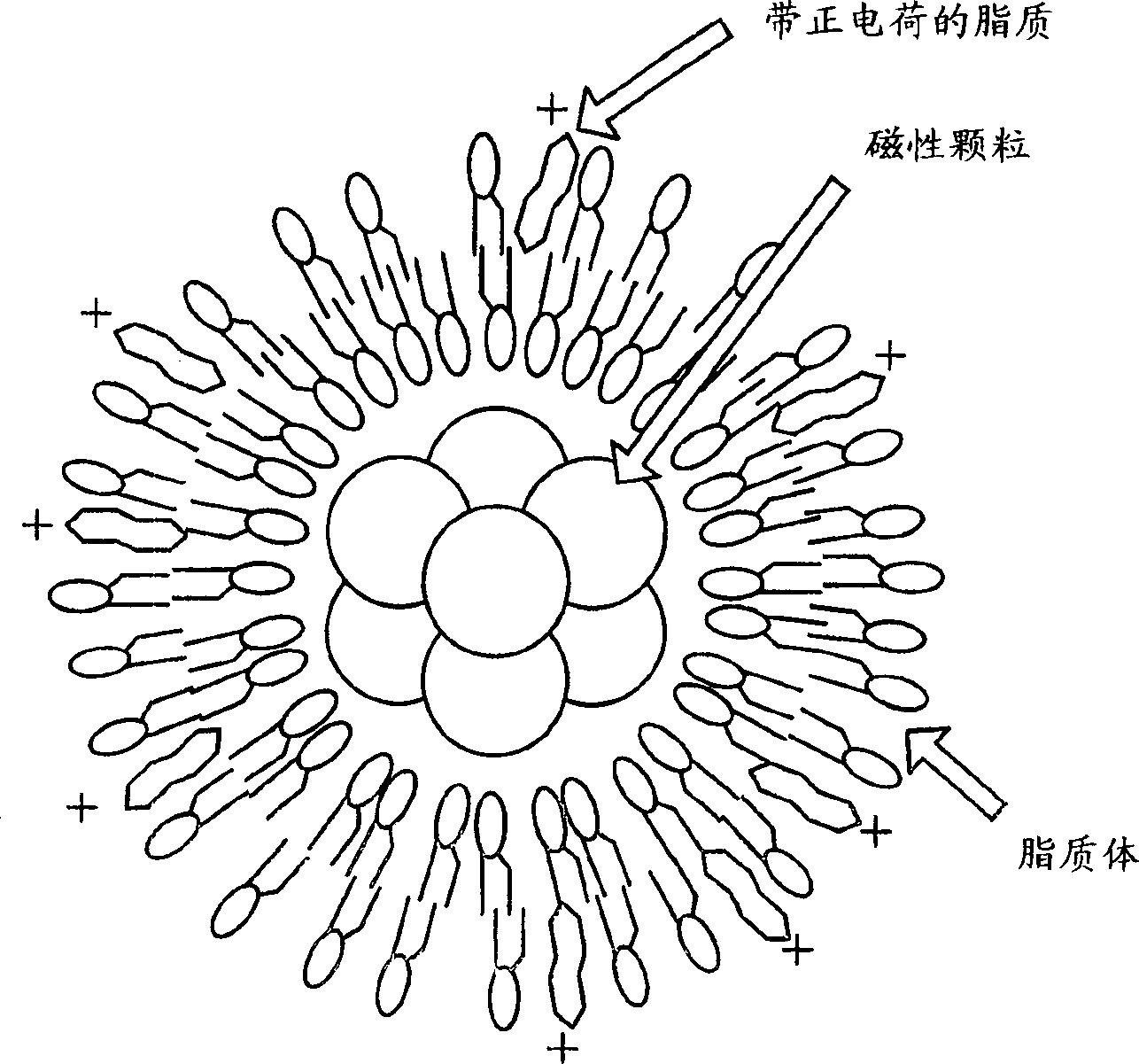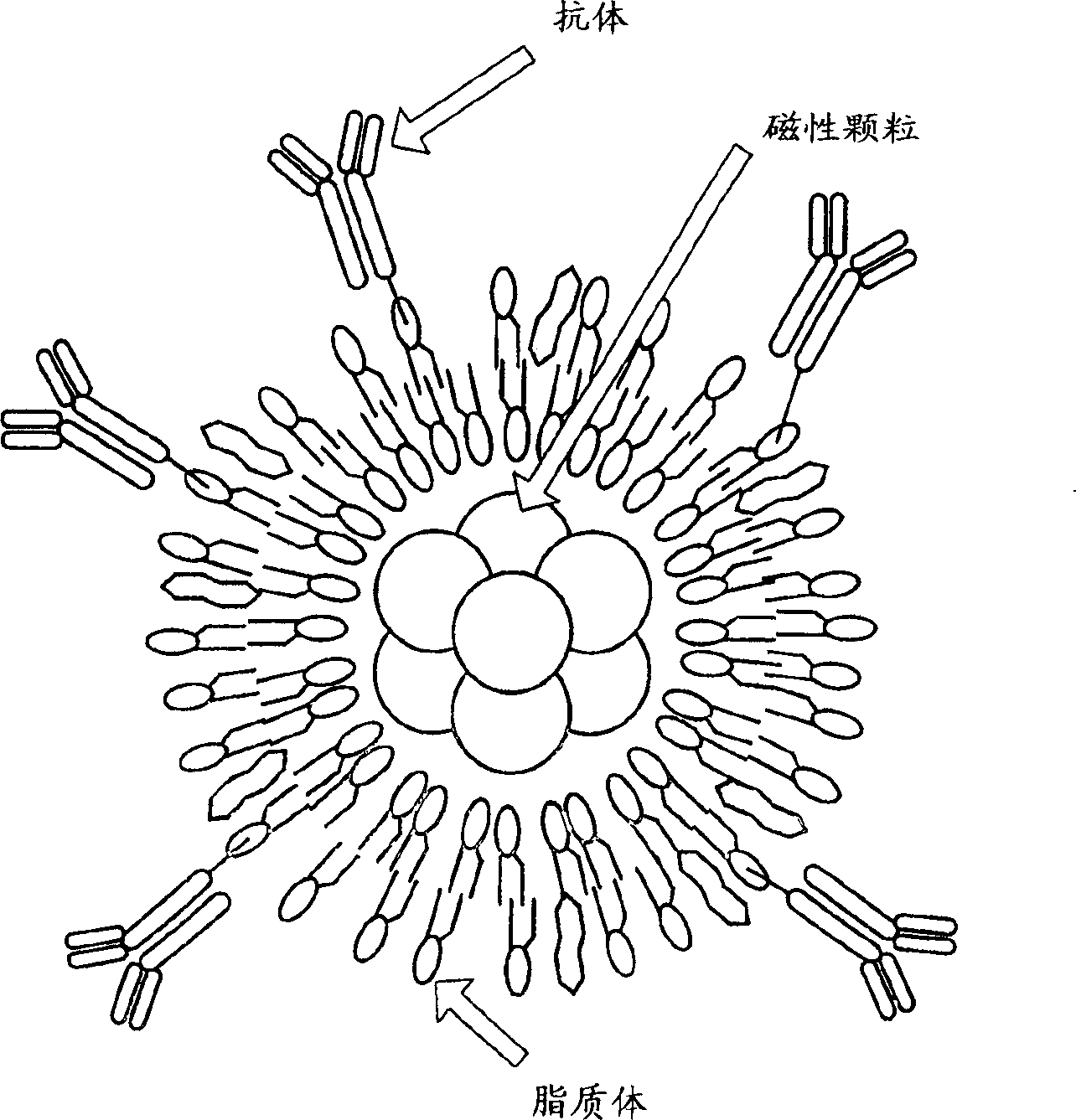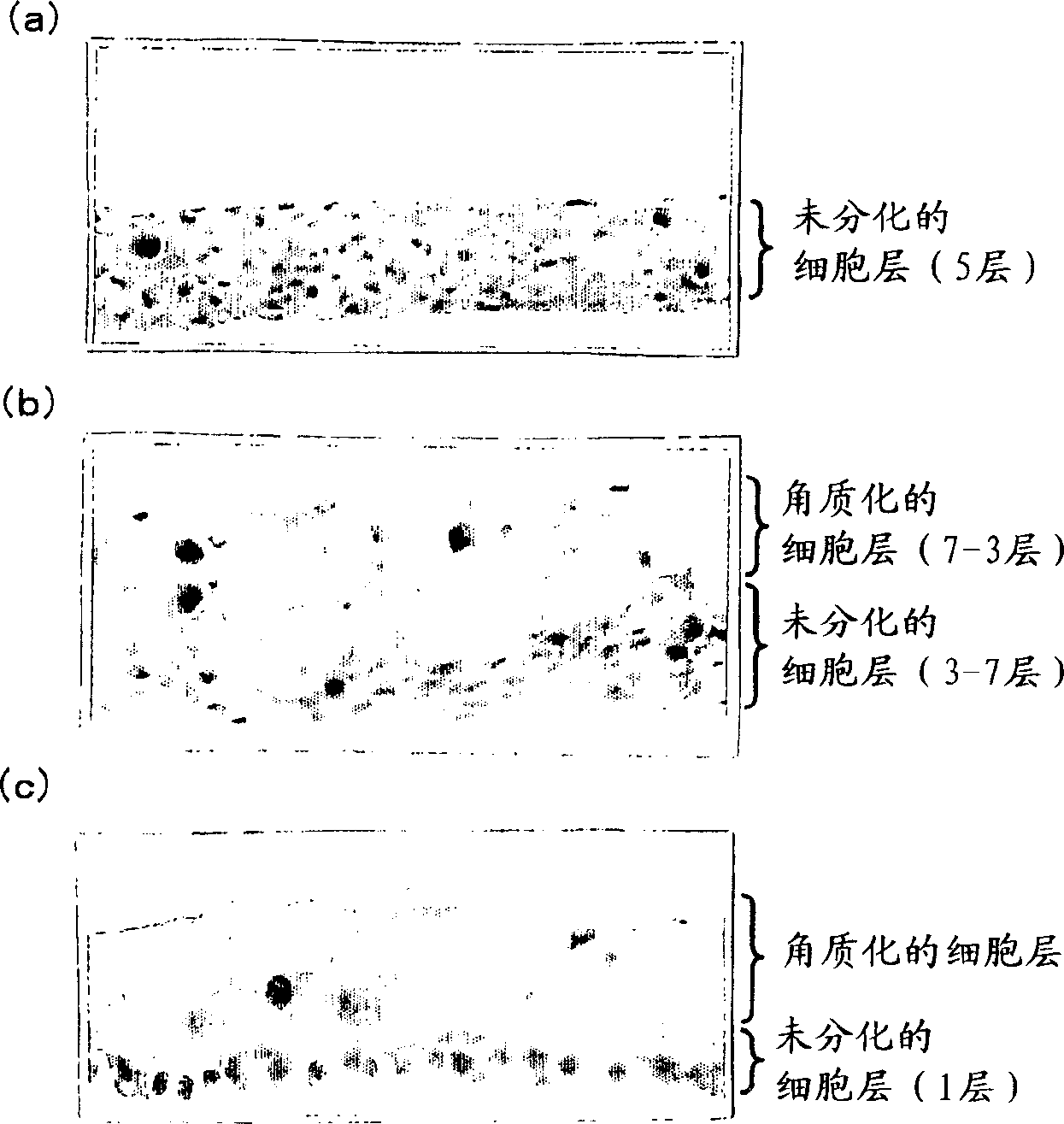Cell culture method and cell sheet
A cell culture and cell sheet technology, applied in the field of cell culture and cell sheet, can solve the problem of the troublesome stacking of single-layer sheets one by one, and achieve the effect of high callus effect
- Summary
- Abstract
- Description
- Claims
- Application Information
AI Technical Summary
Problems solved by technology
Method used
Image
Examples
Embodiment 1
[0032] In Example 1, the case where epidermal cells (keratinocytes) were cultured to prepare a cultured epidermal sheet will be described.
[0033] (1) Using cells
[0034] Normal human epidermal keratinocytes are commercially available cells manufactured by Kurabo Company for research. As a medium for epidermal keratinocytes, a serum-free medium HuMedia-KG2 (manufactured by Kurabo) was used as a growth medium; a medium in which calcium chloride was added to HuMedia-KG2 and the total calcium concentration was adjusted to 1.0 mM was used as a differentiation induction culture base.
[0035] (2) Preparation of Positively Charged Liposomes (MCL) Encapsulated with Magnetite
[0036] MCL was prepared according to the method described in Jpn. J. Cancer Res. Vol. 87, pp. 1179-1183 (1996). Specifically, firstly, N-(α-trimethylammonioacetyl)-didodecyl-D-glutamate chloride (SOGO Pharmaceutical Co., Ltd.), dilauroylphosphatidylcholine (Sigma Chemicals), dioleoylphosphatidylethanolami...
Embodiment 2
[0044] In Example 1, the case of culturing retinal pigment epithelial cells (hereinafter referred to as RPE) and preparing a cell sheet will be described.
[0045] (1) Using cells, etc.
[0046] Normal human RPE cells were ARPE-19 cells from ATCC (American Type Culture Collection). cultured at 37°C in 5% CO 2 in a humidified air environment. As a medium, a medium in which 10% fetal bovine serum and antibiotics (ampicillin at a concentration of 100 U / m and streptomycin at a concentration of 0.1 mg / ml) were added to DMEM / HAM F12 was used.
[0047] (2) Preparation of MCL
[0048] MCL was prepared in the same manner as in (2) of Example 1 above.
[0049] (3) MCL uptake into RPE cells
[0050] ARPE-19 cells were suspended in the culture medium to prepare a cell suspension, which was inoculated on a tissue culture dish (manufactured by Asahi Techno Glass) at a concentration of 6 × 10 5 piece / cm 2 . After culturing for 24 hours, it was replaced with a medium containing MCL (m...
PUM
 Login to View More
Login to View More Abstract
Description
Claims
Application Information
 Login to View More
Login to View More - R&D
- Intellectual Property
- Life Sciences
- Materials
- Tech Scout
- Unparalleled Data Quality
- Higher Quality Content
- 60% Fewer Hallucinations
Browse by: Latest US Patents, China's latest patents, Technical Efficacy Thesaurus, Application Domain, Technology Topic, Popular Technical Reports.
© 2025 PatSnap. All rights reserved.Legal|Privacy policy|Modern Slavery Act Transparency Statement|Sitemap|About US| Contact US: help@patsnap.com



